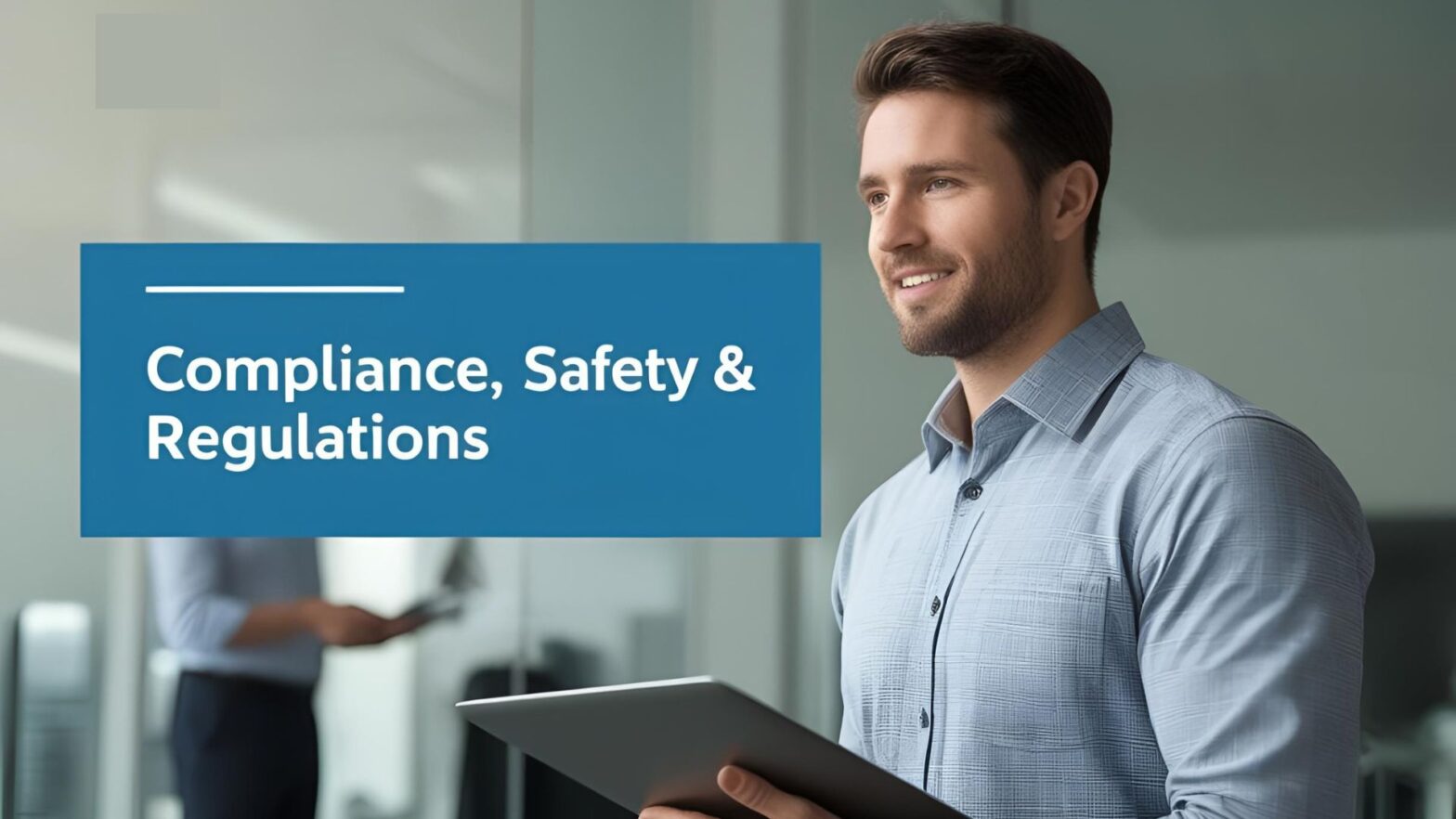Whether you’re storing adhesives, solvents, paints, or fuels, flammable products present serious fire and explosion hazards. In 2025, updated regulations and enforcement efforts have made proper storage more important than ever—not only for safety but for legal and insurance compliance as well.
Below are the top 10 compliance requirements businesses must follow to store flammable products safely and lawfully in 2025.
- Use of Approved Storage Cabinets and Containers
Flammable products must be stored in containers and cabinets that are specifically designed and certified for that purpose. These should meet standards such as:
OSHA 1910.106 (for U.S.-based operations)
NFPA 30: Flammable and Combustible Liquids Code
FM- or UL-approved fire-resistant cabinets
Cabinets should be clearly labeled and provide fire resistance appropriate to the quantities and types of materials stored.
- Proper Ventilation Systems
Adequate ventilation is required to prevent vapor buildup, which could lead to fire or explosion. Storage areas must have:
Mechanical or natural ventilation depending on the product volume
Continuous airflow to prevent accumulation of flammable vapors
Explosion-proof equipment if ventilation is powered
Poor ventilation is one of the most common violations found during inspections.
- Clear Signage and Labeling
All flammable materials must be labeled in accordance with GHS (Globally Harmonized System) and local hazardous materials regulations. This includes:
Flammable hazard symbols
Product identification and hazard statements
Safety data sheets (SDS) accessible nearby
Storage areas must also be marked with warning signs like “Flammable – Keep Fire Away.”
- Segregation of Incompatible Materials
Flammable liquids must be stored away from oxidizers, acids, and other reactive substances. Regulators will check for:
Physical separation of incompatible products
Separate cabinets or containment areas when necessary
Spill containment systems to prevent cross-contamination
Segregation errors can lead to catastrophic chemical reactions during leaks or spills.
- Temperature and Climate Control
Many flammable products have temperature sensitivity. In 2025, more inspectors are enforcing storage at manufacturer-recommended temperature ranges. Compliance means:
Climate-controlled storage spaces where required
Avoiding direct sunlight and heat sources
Monitoring systems for temperature fluctuations
Exceeding safe temperature limits can increase vapor pressure and ignition risk.
- Secondary Containment and Spill Control
Facilities must be able to contain leaks or spills without them reaching drains or spreading. Requirements include:
Spill trays or berms under containers
Floor coatings resistant to chemicals
Spill kits and emergency response supplies within easy reach
Auditors expect to see that spill response plans are not only in place but regularly reviewed and practiced.
- Limitations on Quantities Stored
There are strict limits on how much flammable liquid can be stored in a single area, based on fire ratings, occupancy classifications, and local codes. Compliance involves:
Knowing and adhering to your facility’s storage limit
Using separate storage areas if exceeding certain thresholds
Obtaining permits when necessary for large quantities
Exceeding storage limits can result in major penalties and increased fire insurance costs.
- Fire Suppression Systems
Automatic fire suppression is essential in areas where flammable products are stored in volume. Requirements in 2025 may include:
Sprinkler systems with appropriate chemical ratings
Fire extinguishers rated for Class B (flammable liquids)
Smoke and heat detectors in enclosed areas
Systems must be inspected regularly, with documentation available for audits.
- Employee Training and Certification
Employees handling or working near flammable products must be properly trained. Compliance training should cover:
Proper storage and handling procedures
Emergency response protocols
Use of PPE and spill cleanup materials
Training records are often one of the first things an auditor will request.
- Regular Inspections and Documentation
Finally, ongoing internal inspections and compliance documentation are required to prove due diligence. This includes:
Routine checks of storage areas
Maintenance logs for ventilation and fire suppression systems
Up-to-date SDS records and storage maps
Digital tracking tools are increasingly recommended for large-scale operations to stay audit-ready.
Final Thoughts
Storing flammable products safely is more than a best practice—it’s a legal necessity. With 2025’s tightened enforcement and evolving fire safety codes, businesses that stay ahead of compliance requirements are not only safer but also more efficient and better protected against liability. Review your storage practices regularly, and ensure your team is trained and equipped to handle flammable materials responsibly.


